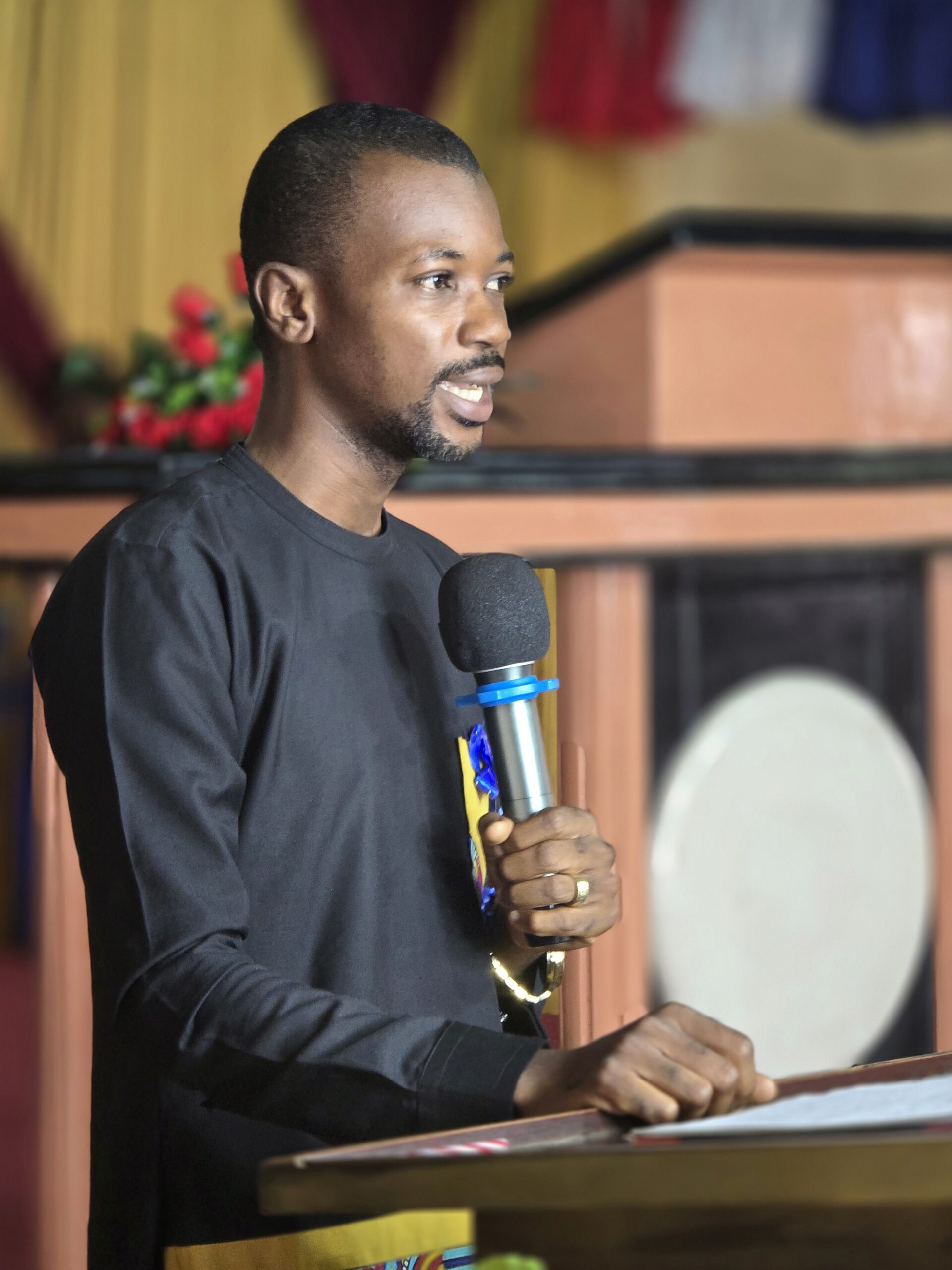Branson, MO: Gospel performing arts-a powerful way to winning souls for Christ
By James Kokulo Fasuekoi|Editor-Publisher|editor@globalekklesia.com
For years now visual arts such as paintings and films have proven effective at communicating with the rest of the world. Even more powerful has been the performing arts which leave impactful memories on peoples’ minds everywhere.
And so, it was no mistake that Sight & Sound Theaters in Lancaster, Penn., and Branson, MO., chose to interpret the Holy Bible through the simplest way all can understand-acting. And the coliseum has done it so well for five decades now.
Theaters’ plays are all inspired by a sequence of events based on the Word of God, or biblical narrations, among which is “Moses and The Parting of the Red Sea,” and now “Queen Esther”, a little known Jewish girl God used to redeem Jews from the hands of Haman.
The company’s Branson location visited by this writer during Thanksgiving, maintains 60 performers and stages shows twice daily. The actors and actresses, according to Kortney Neal, marketing manager, have their own families and they go home to be with them after the show.

Kortney, speaking with this writer Friday from Branson, MO., described their actors as very “talented” and said that each is trained to play multiple roles in every play. An example she said is their current show “Queen Esther” which has four women trained to play the queen’s role.
Also dozens of domesticated animals including wildlife from elephants, horses to donkeys, and to camels, dogs, and even birds such as pigeons, participate in all of the plays, remaining calm and precisely playing certain roles from start to end.
Branson Sight & Sound Theater is a state-of-the-art giant-size structure with a sitting capacity of 2,000. Even more spectacular is the theater’s 300-foot-long (C-styled) panoramic colorful stage that wraps half-way around the audience when the show begins.
On a yearly basis the Branson site is said to receive visitors from about 180 countries from around the world. However, the theater’s biggest audience comes from the seven U.S. Midwest states according to Kortney.
The company suffered a serious setback from a devastating fire which destroyed the first theater in January 1997. The Branson location was then opened in 2008 because of more demands for the shows.
Queen Esther, the company’s latest presentation, drew thousands of Christian-movie fans to the US Midwest city, over the Thanksgiving Holiday. Many came with their families to watch the enactment of the story of Queen Esther in the bible.

The play is set in Susa-from the scenes, once an opulent city in the ancient Persian empire. It revolves around a plot set up by one of King Ahasuerus’ key figures named Haman, to annihilate all Jews that could be found throughout Persia.
As it happened, no amount of strategy by a human being could revive the planned plot; it’s at that juncture that God’s Divine intervention is revealed, as He uses a Jewish girl first named “Hadassah” and later Queen Esther, to free Jews. But first, Queen Esther and all Jews plus their beasts must fast for three days.
Esther and her uncle Mordecai are the two main characters in the show. The plot to murder the Jews comes as a result of Mordecai’s refusal to bow before Haman-for Mordecai can only bow to God, per his Jewish heritage. Killing Mordecai alone doesn’t seem pleasing to Haman so he decides to purge the entire race.
Research and historical findings have revealed that Haman, “the hater of Jews” came from the bloodline of the Philistines now known today as “Palestine.” Dr. Judy Fornara, founder of Spiritual Life Church & Bible Seminary who has led members of her congregation to Israel forty-one times, recently confirmed this assertion.
The Philistines, historically, were war-like people in the days of old, and still are today, except that they bear a different name, “Palestine,” backed by a militant group known as “Hamas.” Evidence of their war posture is found in 1 Samuel 17:1-51, when they marched their giant Goliath to take on David, then a shepherd boy.
Back to Queen Esther, the play is full of courage and suspense at every turn, and only God’s will prevails in the end. But until that moment, Mordecai, Esther, and the rest of the Jews, have no choice but to hang onto hope even when there seems to be no hope.
The theater’s advanced technologies add more power to the live-show, one that you won’t probably see anywhere in this world: from magnificent lights to sound. Then the city of Susa slowly emerges. From mock-up homes the audience gets to see both the king and queen speaking with attendants and living their daily lives in palaces.
Later, the front entrance of the king’s palace, or the gate where Esther’s uncle Mordecai sat daily alone with other workers of the palace are also brought into full glare; you will also see Mordecai pacing back and forth in front of the gate prior to the point he rents his clothings and and sat into ashes, as told in the Book of Esther.
The king has a strong law; no one including his queen can arbitrarily enter the king’s gate or court: and there’s only one command by King Ahasuerus whenever this happens; put the individual to death!
Yet, Esther goes on to defy the king’s edict because of urgency and the danger that hangs over the Jews. It’s a breathtaking moment for everyone and one can only hope for a good outcome, especially when a furious-looking King Ahasuerus hastily rose up and rushed to the queen as she approached him.
Eventually, the plot by the Agagite, Haman fails. He’s seen blindfolded by the king’s soldiers and guards and carried away to be hung on a gallow he had secretly prepared for Mordecai.
The show ends with Mordecai and Queen Esther doing all within their power per the king’s approval-to revive the killing “decree” that had been initiated by Haman and signed into law by the king to eliminate all Jews.
Editor’s Note: Banner photograph shows inside of the Branson theater during an intermission. Photography is strictly prohibited while the show rolls on.
James Kokulo Fasuekoi is an award-winning journalist, author, documentary writer and news photographer. He previously covered civil wars in West Africa for several news media including The Associated Press. Listed on his college’s Dean’s List for academic excellence, he became a Bush Foundation Scholar twice in 2017. His work as a civil war journalist has also brought him face-to-face with the law in his native Liberia, and in the US, where the Fed had him subpoenaed twice to stand as states witness in two major Liberian ‘war crimes trials’ of 2017 & 2018 in Philadelphia. Once an African national ballet dancer, he now writes, photographs and dances for Christ. Read profile @ https://globalekklesia.com/profile/











